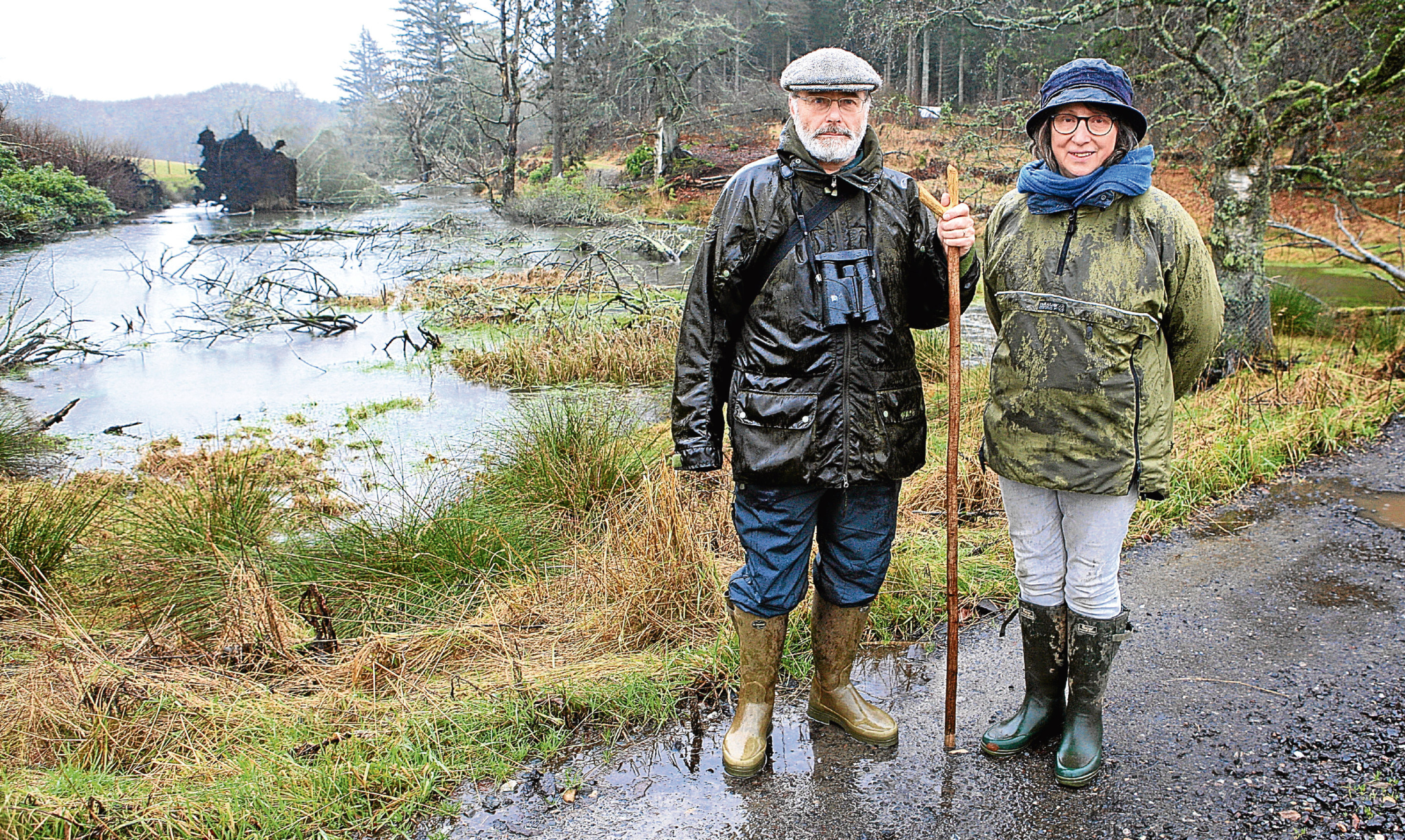When the history of nature conservation in Scotland comes to be written, the date of Thursday November 24 2016 will have a chapter all to itself.
On that day, the Scottish Government recognised the beaver as a native species, granted it legal protection and permitted the two populations in Argyll and Tayside to go about their business and expand their range naturally.
A very significant precedent is established: for the first time, Scotland has reintroduced a mammal which our ancestors rendered extinct.
However, in the widespread publication of self-congratulatory press releases from the partners in the official trial at Knapdale in Argyll, the real heroes of the project were completely ignored. There are four of them.
Firstly, my compliments to the Scottish Government Environment Secretary Roseanne Cunningham for the courage to legislate for nature, a course of action also available to at least two of her ministerial predecessors – an option they ducked.
Given the powerful influence which the farming and estate lobbies have historically enjoyed and exploited both at Holyrood and Westminster, Roseanna Cunningham should be applauded for coming down on nature’s side of the argument.
Secondly, thirdly and fourthly, it is at least arguable that the official trial would never have happened had the combined ponderous bureaucracies of Scottish Natural Heritage, the Forestry Commission, the Scottish Wildlife Trust and the Royal Scottish Zoological Society not been belatedly stirred (embarrassed?) into action by the pioneering examples of Paul and Louise Ramsay on their Bamff estate near Alyth and John Lister-Kaye at his Aigas Field Centre near Beauly.
Paul and John travelled the length of western Europe gathering first-hand knowledge and expertise about beavers and their reintroductions and grew so weary of official indifference they established their own demonstration projects at Bamff and Aigas.
These have been enjoyed and admired by so many people and become so persuasive on both ecological and economic grounds that the official trial became impossible to resist. And given that the trial itself proved so successful, official reintroduction began to look like a matter of “when” rather than “if”.
Meanwhile, over on Tayside, a group of beavers had begun to prosper following an escape from a wildlife park into the Earn, augmented by the enthusiasm of what I can only imagine is a highly nocturnal species of activists.
I don’t know who they are but I did have two anonymous telephone calls following various Courier articles over these last few years the gist of which was, “psst, would you like some beavers”.
My main concern was that they knew my phone number.
Paul and his wife Louise established the Scottish Wild Beaver Group, which has thoughtfully championed the animals’ cause across Tayside and beyond.
Within hours of Roseanna Cunningham’s decision they were selling T-shirts on their website which proclaimed: “Apologies for 400 years of inconvenience. Ecosystem services now resumed as normal.”
Not quite true, of course, because 400 years ago, the ruler of all naturally functioning northern hemisphere ecosystems – the wolf – was still alive and well in Scotland but perhaps that is an argument for another day. One step at a time. There is cause enough for celebration at the moment.
The beaver will be reintroduced to new areas across its historical range. It is time our national parks started to pull their weight in practical nature conservation and here is the perfect opportunity.
The Trossachs mix of woodland and water is ideal. The Insh Marshes in the Cairngorms, now wholly in control of the RSPB, is perhaps the most enticing prospect of all. The organisation rarely shirks a conservation challenge. It should embrace this one.
The fly in the ointment may well prove to be right here, in Courier Country, where some farmers have knee-jerked their way into all-out hostility against the creatures, shooting them (often none too accurately) and destroying not just dams and lodges but the entire ecosystem of riverbanks, wreaking the kind of havoc that beavers would never countenance. Given time, beavers don’t wreak havoc, they wreak harmony.
Legal protection must extend to beaver architecture in the same way it extends to badger setts and eagle eyries.
“Last resort lethal control” (a nasty euphemism for “kill”) should have no place in the new legislation. And who decides what “last resort” means?
There should be scope for live-trapping and relocation in exceptional circumstances but simple inconvenience should never be construed as legal grounds for preventing nature from behaving naturally. Wildness has as much right to exist in Lowland landscapes as it does in the Highlands.
Finally, we must give the beavers TIME. Time for us to get used to living with them and for them to get used to living with us. We’re in this for the long haul. We have 400 years of inconvenience to atone for.
